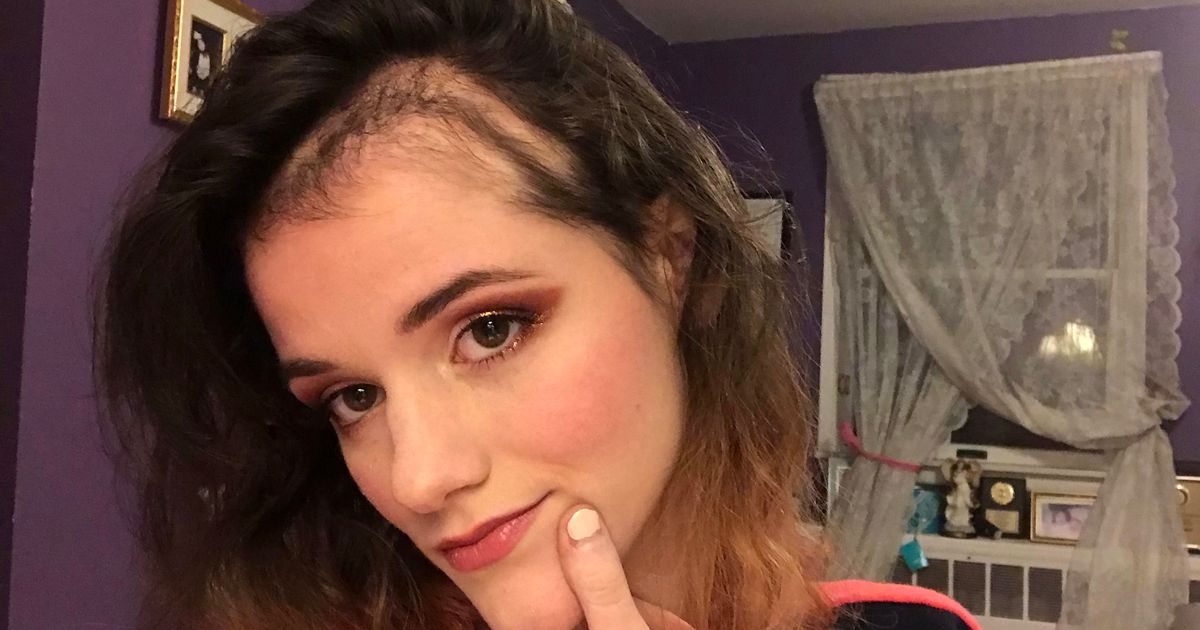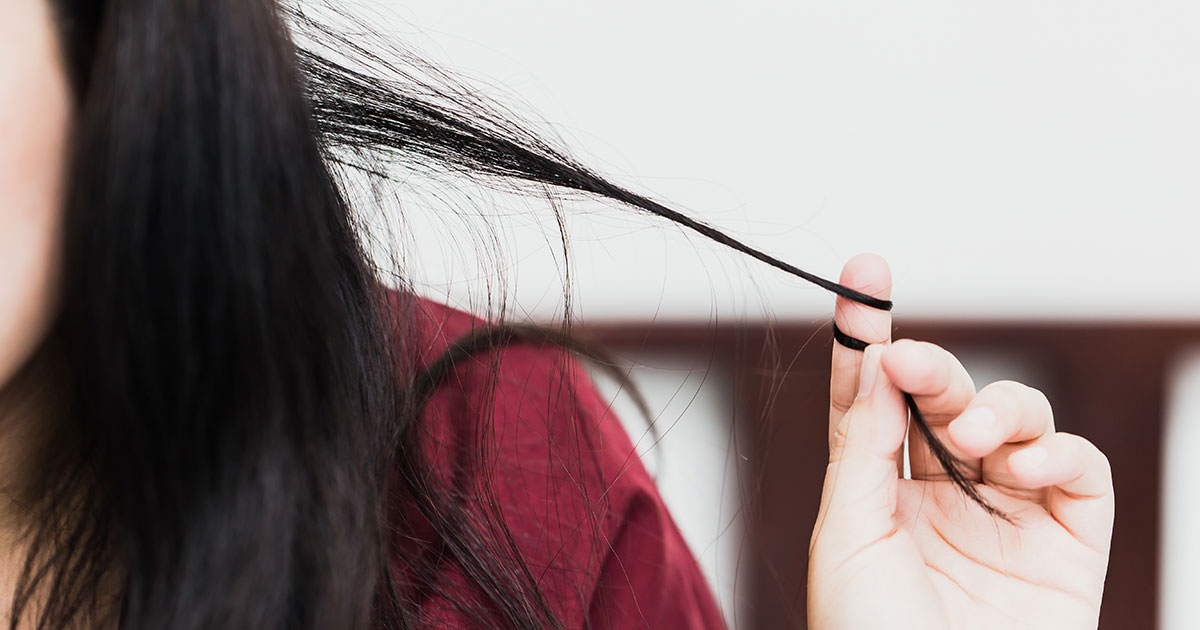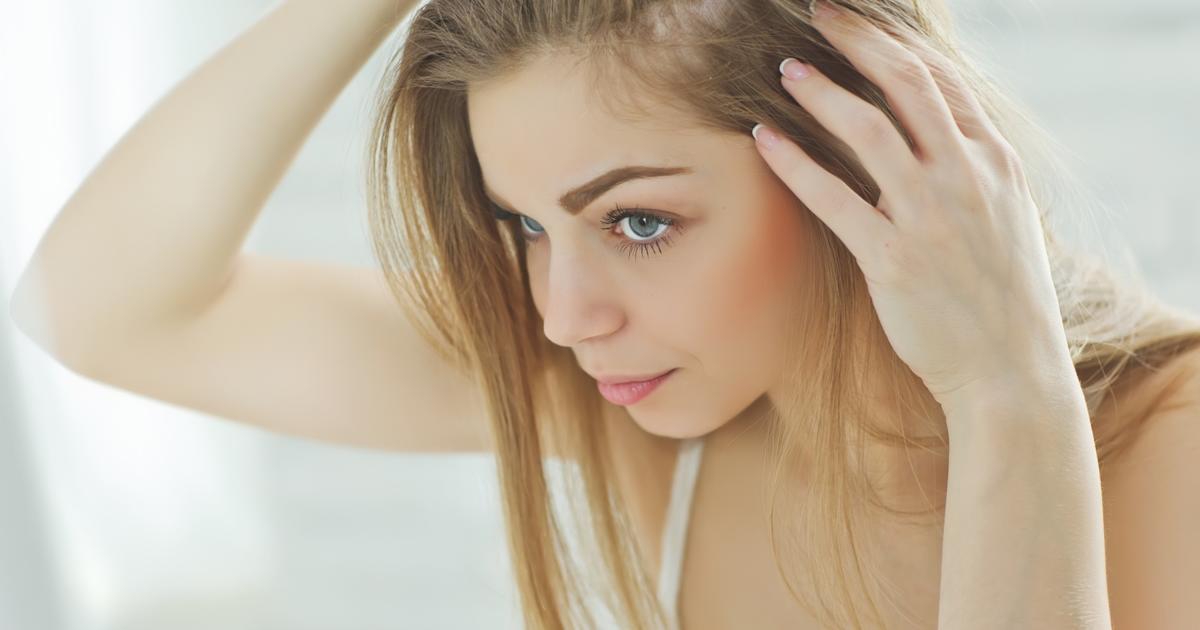Serious Symptoms Linked To Trichotillomania
Trichotillomania, otherwise known as hair-pulling disorder, is a mental condition that causes patients to feel recurrent and irresistible urges to pull hair from the eyebrows, scalp, and other areas on the body, even if you've tried to stop. Pulling on the scalp often leaves spots of patchy baldness, which can lead to significant distress and make it difficult for an affected individual to function at work or in social situations. Patients might cause themselves trouble disguising their hair loss. Trichotillomania is mild and manageable for some individuals, but others find the compulsions overwhelming. There are treatment options to help minimize the behavior and learn healthy coping mechanisms for strong emotions.
Uncover some of the serious symptoms linked to trichotillomania now.
Significant Hair Loss

One of the most common symptoms is significant hair loss. Even when the hair loss causes distress, trichotillomania patients are unable to stop continuing to pull their hair. Rather than being an overall thinning of the hair, trichotillomania hair loss tends to look more patchy. Certain areas of the scalp may have thinned hair, shortened hair, or be entirely bald. When individuals pull their eyebrows and eyelashes, these features might appear sparse or missing. There are two types of hair pulling: focused and automatic. Focused pulling is done intentionally to relieve distress or tension, while automatic pulling is done without the individual even realizing it, usually during low-movement situations like being bored, watching television, or reading a book.
Learn more about the signs of trichotillomania now.
Chewing and Eating Hair

Not everyone with trichotillomania has oral symptoms, but a good portion of affected individuals will chew and eat their hair. Some of them may simply bite the ends and snap the strands with their teeth rather than swallowing, but others go through the full digestive process. This is often accompanied by playing with the strands of pulled-out hair and running them across the face or lips. Hair isn't meant to be digested, and it can cause serious health problems if it becomes tangled in the digestive tract. If patients eat a significant amount of hair over a large amount of time, a matted hairball called a trichobezoar may form in their digestive system. Slowly, over multiple years, this hairball can lead to weight loss, vomiting, digestive problems, obstruction of the intestines, and if not diagnosed and treated, even death.
Discover more serious indicators of trichotillomania now.
Constant Hair Pulling

Constant hair pulling is one of the main symptoms of trichotillomania. Some patients engage in the behaviors much more often than others, but all individuals with trichotillomania pull their hair on at least a semi-consistent and repeated basis. The most common sites for hair pulling are the eyelashes, eyebrows, and scalp, but patients might pull hair from other areas of the body as well. They may pull their leg hair, arm hair, or pubic hair. Affected individuals don't always use the same site; some change their hair-pulling sites over time. Another significant factor is patients repeatedly try to lessen their hair pulling or stop it entirely, but they aren't successful in controlling it.
Get more information regarding trichotillomania warning signs now.
Pleasure Or Relief After Pulling Hair

Individuals with trichotillomania may feel relief or pleasure after they pull their hair. This is especially true of focused hair pulling. The process of pulling the hair out might bring a feeling of satisfaction. This positive association between hair pulling and good feelings makes it even more difficult to stop. They may continue pulling their hair so they can experience the good feelings. The behavior shares many similarities with substance use disorders, including the affected individual not feeling in control of their behavior and experiencing positivity or euphoria when engaging in the behavior. Even if they feel pleasure in the moment, though, they'll still often experience distress and impaired social functioning regarding their hair loss.
Get familiar with more indicators of trichotillomania now.
Significant Stress Before Pulling Hair

With focused hair pulling, the behavior is done intentionally as a response to negative emotions. Hair pulling might be a coping mechanism to release feelings of frustration, fatigue, loneliness, boredom, tension, anxiety, or stress. Many patients describe feeling a tension that steadily increases the more they try not to pull, and they can't find release until they give in. For some individuals, trichotillomania is a manifestation of obsessive-compulsive disorder. With this condition, affected individuals feel the need to complete certain compulsions built around obsessive thought patterns or behaviors. Failing to give in to the compulsions can cause significant emotional distress. When hair pulling is related to obsessive-compulsive disorder, patients may create elaborate rituals around the behavior.